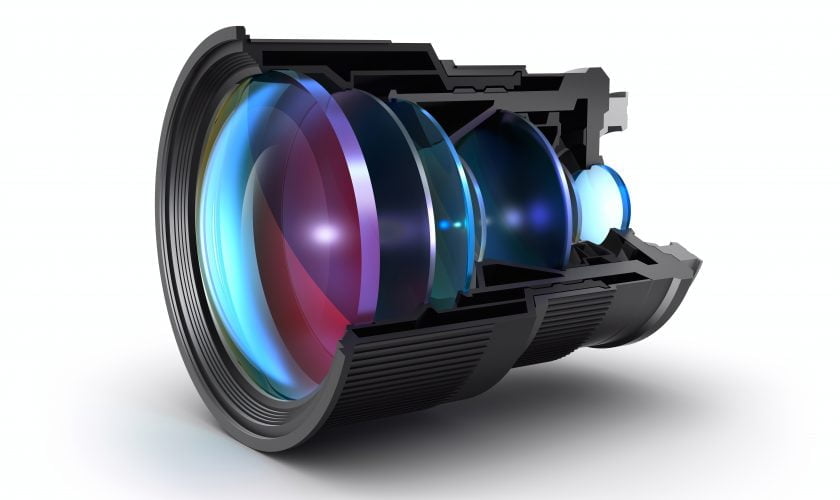What is a USB camera module?
USB camera module is a digital camera module connected to a computer or other device through a USB interface. It integrates the key components required by the camera, including the lens, image sensor, image processing chip and the necessary circuit board, ecc., to achieve image capture, conversion and processing functions. The following is a detailed analysis of the main features and components of the USB camera module:

Main feature
1. Plug and play: The USB camera module follows the USB Video Class (UVC) standard, making the camera device compatible with various operating systems to achieve plug and play functions. Users do not need to install a specific driver to connect the camera module to the computer for use.
2. Portability: USB camera module is usually designed to be relatively small and light, easy to carry and install. This makes them ideal for mobile working, remote conferencing, video calling and other scenarios.
3. Versatility: In addition to the basic image capture function, many USB camera modules are also equipped with additional features such as microphones, retractable stands, shutter buttons, eccetera. The microphone can achieve sound transmission during video calls, the telescopic stand can adjust the height and Angle of the camera as needed, and the shutter button is often used for taking photos and recording video.

component
1. Lens: responsible for collecting light and focusing the light onto the image sensor. The quality of the lens directly affects the sharpness and detail of the image.
2. Image sensor: It is a light-sensitive element that converts the light signal into an electrical signal according to the strength of the light. Attualmente, the mainstream image sensors are CCD(charge coupled device) and CMOS(complementary metal oxide semiconductor) two kinds. CMOS image sensors are widely used because of their low cost, low power consumption and high integration degree.
3. Image processing chip: converts the electrical signal output by the image sensor into a digital image signal, and further processes the image through the internal image processor (ISP). The processing content includes denoising, enhancement, compression, ecc., to improve the image quality and adapt to different application scenarios.
4. Flexible printed circuit board (FPCB) or other circuit board: as a carrier to connect various components, it is responsible for connecting the main control chip, sensor and other electronic components to achieve the normal work of the camera module.
5. USB interface: used to connect the camera module to the computer or other devices. The USB interface not only provides a channel for data transmission, but also ensures the compatibility and stability between the camera module and the computer or other devices.
In summary, the USB camera module is a digital camera device module that integrates the key components required by the camera. It is connected with computer or other devices through USB interface to achieve image capture, conversion and processing functions. Due to its plug-and-play, portability and versatility, the USB camera module has been widely used in telecommuting, online conferencing, video calling, content creation, home security, monitoring, education industry, live broadcasting industry and other fields.
What is a USB camera module? What is a USB camera module? What is a USB camera module? What is a USB camera module? What is a USB camera module? What is a USB camera module?
